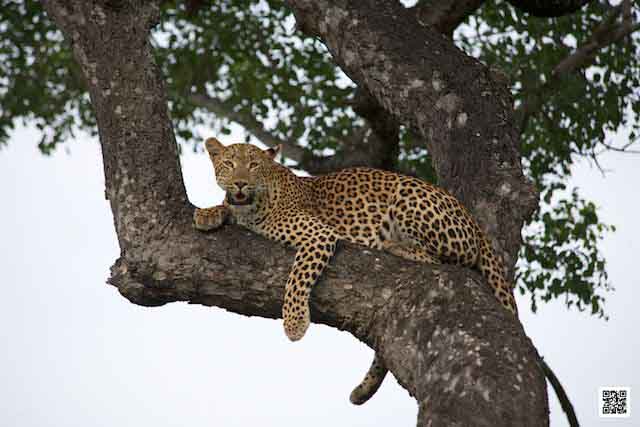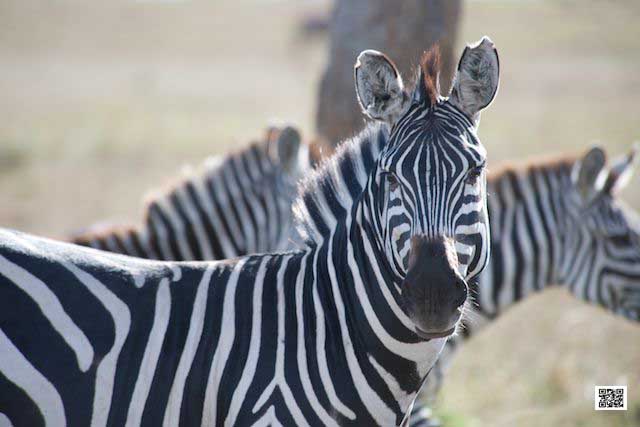25 August 2013
Why Genuineness is the Future
30/08/13 10:11 Filed in: Photography & Art

Genuineness in photography is something that was almost lost, with all the Photoshop tools and compositions and subjects copied from images taken by great photographers.
One can already predict how the coming winning World Press Photo will look like and also the next winning image of a National Geographic photo competition. They will be heavily photoshopped and the composition will be what we daily see on TV and in the magazines. It has been like that for years and it might be like that for a few more years, but boredom will fall over the images that win competitions today and people will get tired of always the same.
There are several possibilities where the trends will go, but the most likely direction will be the genuineness of a captured moment. Fashion might not fall into that category, but street photography will most likely and wildlife photography too. People who have been on photographic safaris love their images as they are, because while looking at them, they go back to the precious moment in the Masai Mara, under that tree where the leopard was sitting. They might start thinking when they are back home that they should do something to the photo before showing it online, just because everyone is doing some editing, but by heart they wouldn’t do that. And this feeling, that people just stand to their pictures and love them for what they are will create the change to more natural and genuine photography.
It will be a process and might take a while, but it seems that it has started already. Listen to how you like your photos most.
Happy snapping.
Ute Sonnenberg for www.rohoyachui.com
How to Embed Photography in Your Life
29/08/13 09:07 Filed in: Photography & Art

Nowadays the word “embed” is known to us from embedding codes in websites or other digital media we are constantly using. How would it be to embed the code of photography into our lives or did we already?
Embedding a code on a website makes that something beautiful becomes visible when the website is published, like a video, an e-book or an image. Isn’t just the same happening when we embed photography into our lives? Our photography makes visible what we see, experience, feel, wish and love. The image as a print or online medium is the published code of our photography and of our lives.
The social media made it easy to make photography part of our lives with the support of the smart phones, which make it easy to carry a camera at all times. So, do we even need to think about it? Isn’t it just happening? Not always. Think about when are you happily snapping away and when are you hardly touching the camera. What do we need to keep going with our photography?
Nature is always doing the trick, so keep that in mind when photography is some kind of stuck. And yes, doing a wildlife safari is a real boost, in the forests close to home or on the savannas of Africa.
Happy snapping!
Ute Sonnenberg for www.rohoyachui.com
The 4 Pillars of Wildlife Photography Courses
28/08/13 18:48 Filed in: Wildlife Photography Courses

The 4 pillars of wildlife photography courses are what they should give the attendees and what makes them so interesting for all photography lovers.
Wildlife photography courses are inspiration, education, entertainment and collaboration.
They have the role to inspire new ways of seeing photography and wildlife and the combination of both. These photographic safaris provide tuition in photography and on wildlife. The attendees learn about animal behavior, working with the very specific light in the bush and how to cope with the often not so easy conditions when photographing in the bush.
The workshops are entertainment as well with lovely meals as picnics on the Great Plains or around the fireplace in the camp. One meets new people and enjoys a lovely time with friends. Collaboration, helping each other and working together also when being back home are a great experience. Sharing this experience creates a bond that lasts and one can reach out to photography friends when help is needed.
Although photography can be at times a solitary activity, we get better when working together and learning from each other. And such a course can be really great fun too.
Isn’t a photography blog almost the same?
Happy snapping!
Ute Sonnenberg for www.rohoyachui.com
Why Ideas Matter
27/08/13 12:30 Filed in: Photo Tips

How often do we sit over a blank sheet of paper, pen ready to write and hoping for ideas to flow? It can be the shopping list for the coming weekend, the packing list for a holiday, the paper for school, the motivation for a job application or the preparation for a meeting. The idea is what we are waiting for to make whatever we want to do a success.
And the process of finding ideas seems to be the same for all purposes. What do we do when the idea doesn’t want to come? We google recipes, travel destinations, photographers, leave through magazines and books until we have enough inspiration for ideas to start flowing. Without ideas, our life would be always the same and pretty boring.
Take wildlife photography as an example. Either you are someone who has been on safari many times or someone who is going for the first time, you want to have ideas about what to photograph and how. The idea can be to sit on the game vehicle and wait what comes or discuss with the guide to look for the Big 5 with the aim of photographing a portrait of a lion, rhino, elephant, leopard and lion within one day … or two or three. You will have somehow an idea what you want and how the pictures are going to like. If the animals are not cooperating, be open for a plan B and have ideas about flowers and beetles.
Got it? What are your ideas for this week’s photography? What do pictures do you want form this week?
Happy snapping!
Ute Sonnenberg for www.rohoyachui.com
Revolutionize your Photography - Create your Mantra
26/08/13 09:57 Filed in: Photo Tips

What do you think about your photography? What is the spirit of your photography? Are you happy with your photography?
Mantras, from the Sanskrit, a word or group of words, capable of creating transformation, are used by individuals for every day questions, by corporates for transformations towards success and of course can be also used to revolutionize your photography.
Ask yourself what you want your photography to be and identify what you need to achieve that. If you want to be a great wildlife photographer, identify what you need to become one and what in your eyes is great wildlife photography. Don’t try to be someone else. Be you and work with your strengths.
So for example your mantra could be: Photograph on the safari destinations with the best golden light, always go for the best game drive quality and have at all times an open mind for what the bush has to offer you.
If you are overwhelmed by the variety of prospects for your photography, your mantra could be: I stay focused on what my strength is and on what I love to photograph the most.
Only by staying focused on what you really want and on what you are good at, your photography can show incredible changes and transformations.
The same applies when mantras are used for teams or in team incentives. Maybe you are working in a company with mission and vision mantras (also called statements) for each team and department. You can use this experience to create mantras for your photography and transform it into what you wish it to be.
Inspired? Create your own mantra and watch what happens.
Happy snapping!
Ute Sonnenberg for www.rohoyachui.com
Photo Safari Destination Week: Okavango Delta, Bostwana
25/08/13 13:07 Filed in: Photographic safari destinations

Magical light, water, birds and incredible colors, all that is the Okavango Delta in Botswana. As an inland delta in the Kalahari Desert, the Okavango Delta is a fabulous safari destination, famous for:
Birding
Big 5 sightings and especially Big Cats
Water activities for great wildlife photography
High wildlife density
Fabulous light
Great variety of camps and lodges
Self-drive possible, but better sightings on private game reserves with professional guides
Great opportunities for team incentives
Great for wildlife photography courses
Excellent safari destination for all photography lovers and hobby snappers
The best time to visit the Okavango Delta is between June and November. International flights do not go directly to Maun, but need to go via Johannesburg. He best concessions in the Delta are by air accessible.
Happy snapping travel!
Ute Sonnenberg for www.rohoyachui.com